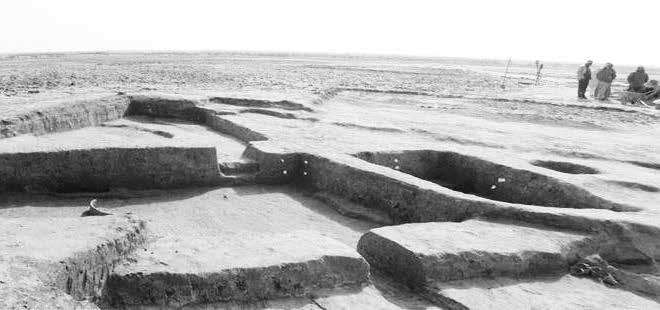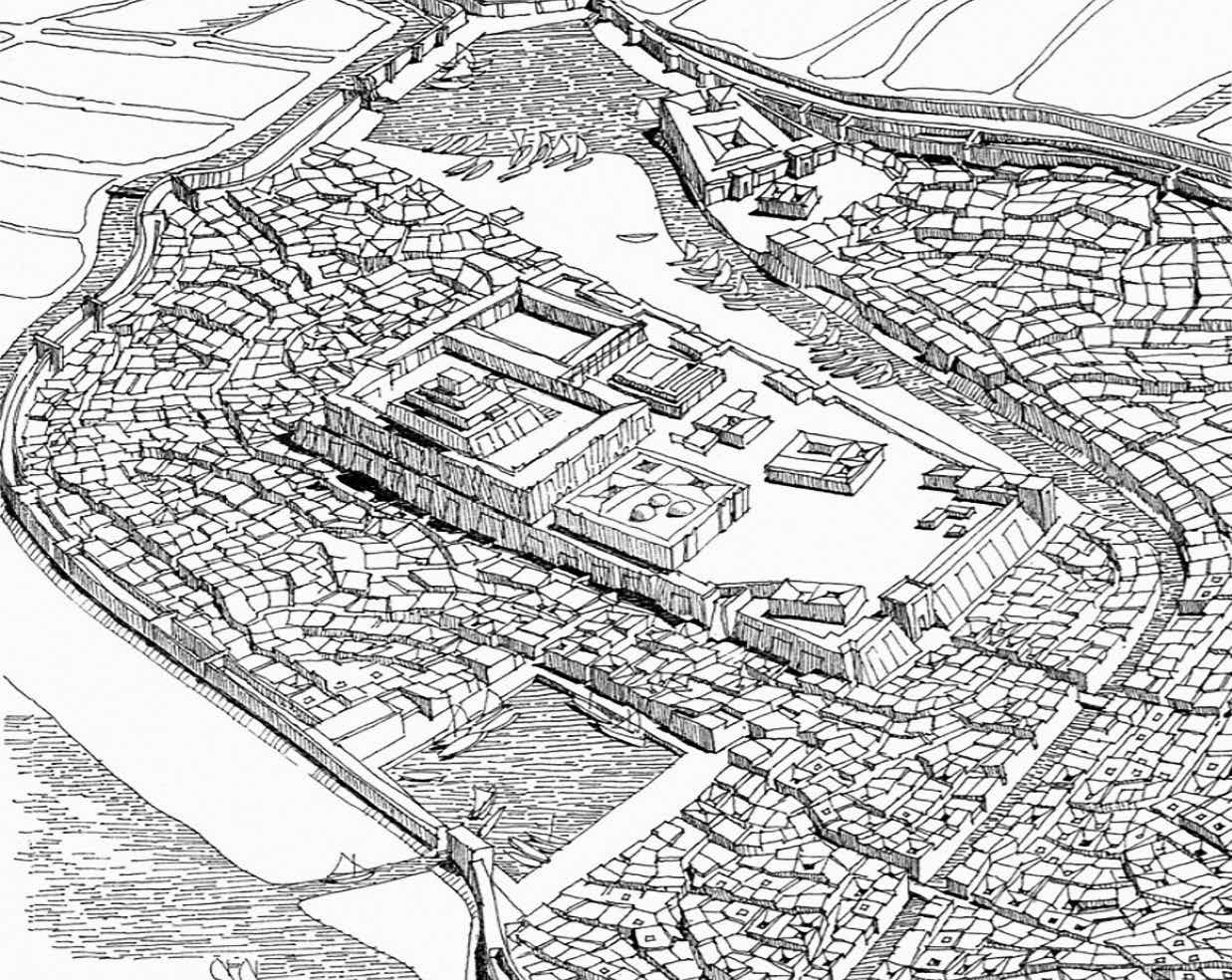
4 minute read
The land of the two rivers: Mesopotamia
contemporary models for analysing the development of early complex urban societies have progressed far beyond Childe’s original formulation, there is still substantial agreement among researchers that he correctly identified the set of social transformations underlying human society, in essence, up to the first industrial revolution, as well as the main processes involved. In line with these methodological grounds, and in the framework of the historical and demographic evolution of the human species, the following sections will analyse some historical examples of cities, not so much for their architectural or urbanistic relevance, or for the role played in the urban planning evolution theories. Moreover, their examples highlight some remarkable technical and technological innovations, which had some influence in the evolution of urban environments.
The land of the two rivers: Mesopotamia
What we actually know today is that the urban revolution took place independently in different places and at different times, although from a chronological point of view it may have developed first in Mesopotamia, in ancient Sumer, as early as 5000 years ago. The Sumerians, at the apex of the so-called Fertile Crescent, in today’s Kurdistan region between Iraq, Syria and Turkey, were apparently the first to organize themselves on a state level. Only later did this process of urban civilisation expand southwards into the lowlands between the Tigris and Euphrates rivers, the ancient region of Mesopotamia20 .
20 Smith, The Earliest, Op. cit.

Fig. 6 Photo of the excavation of a Third millennium B.C. port in Iraq by the Sapienza Archaeological Mission directed by Licia Romano and Franco D’Agostino. (Italian-Iraqi Archaeological Mission to Mars Abu Tbeirah 2017)
Fig. 7 Reconstruction of the Sumerian city of Ur (Illustration by Claus Roloff, from the project Cities and Modes of Production. Source: Michael E. Smith 2009, V. Gordon Childe and the Urban Revolution: a historical perspective on a revolution in urban studies, Centenary Paper, TPR, vol. 80, n. 1).
Urban settlements were facilitated by and associated with the construction of the first irrigation canals, dug both for agriculture and to allow flood control and distribution of water for domestic and sanitary use. Most Sumerian buildings were made of clay bricks formed in moulds and baked in the sun for several weeks. In the case of important buildings, a layer of lime was applied to the sun-baked bricks to ensure protection from the elements21. Between 3600 and 3100 B.C., the city-state of Uruk (Iraq) developed centralized political control, a specialized economy, writing and the stratification of society in social classes22 . As the population increased, new settlements, mostly in small agricultural villages, were formed around the city, one of the most populous in antiquity, with a surface area of up to three-quarters of a square kilometre and a population of several thousand. The most significant technological innovation of the Sumerian civilisation was therefore urbanisation linked to the digging of the first canals, which allowed for flood control, water transport, and water redistribution for irrigation and food23 (Figg. 6 and 7). It is important to note that in a territory subject to a significant transition towards desertification over the centuries, the response of the Mesopotamian urban populations was precisely to develop advanced hydraulic engineering techniques, which allowed these civilisations
21 Moffett M., Fazio M. W., Wodehouse L. 2003, A World History of Architecture, Laurence King Publishing, London. 22 Smith, The Earliest, Op. cit. 23 Mantelli F., Temporelli G. 2007, L’acqua nella storia, FrancoAngeli Editore, Milano, p. 20.
to prosper in spite of increasingly adverse climatic conditions. During the transition to the First Dynasty period, the city of Uruk (2900-2300 B.C.) saw an enormous growth of its urban area, which expanded to cover four square kilometres with a population of approximately fifty thousand people24 . Further technological aspects of the Sumerian civilisation are related to the semi-industrial processing of the main available building material, clay. From this material came the sun-dried raw clay bricks mixed with dry straw as a binder, which, along with timber imported from the mountainous areas from which the two rivers descend, enabled the construction of all Sumerian buildings. The most significant result was the construction of stepped pyramids dedicated to places of worship and power (Ziggurat): the logic behind their construction seems quite evidently to have been to raise places of worship towards the sky in a land such as that between the Tigris and the Euphrates, which is essentially flat25. The same material, wet clay, was linked to cuneiform writing. The clay, laid out in layers on wooden tablets, could be engraved with a stylus to write in cuneiform script, the first known form of writing, which appeared in Mesopotamia around 3 200 years before Christ. The first texts would have appeared around this time and the last example of cuneiform writing of which there is
24 Smith, The Earliest, Op. cit. 25 Crawford, H. 1993, Sumer and the Sumerians, Cambridge University Press, New York, p. 85.



